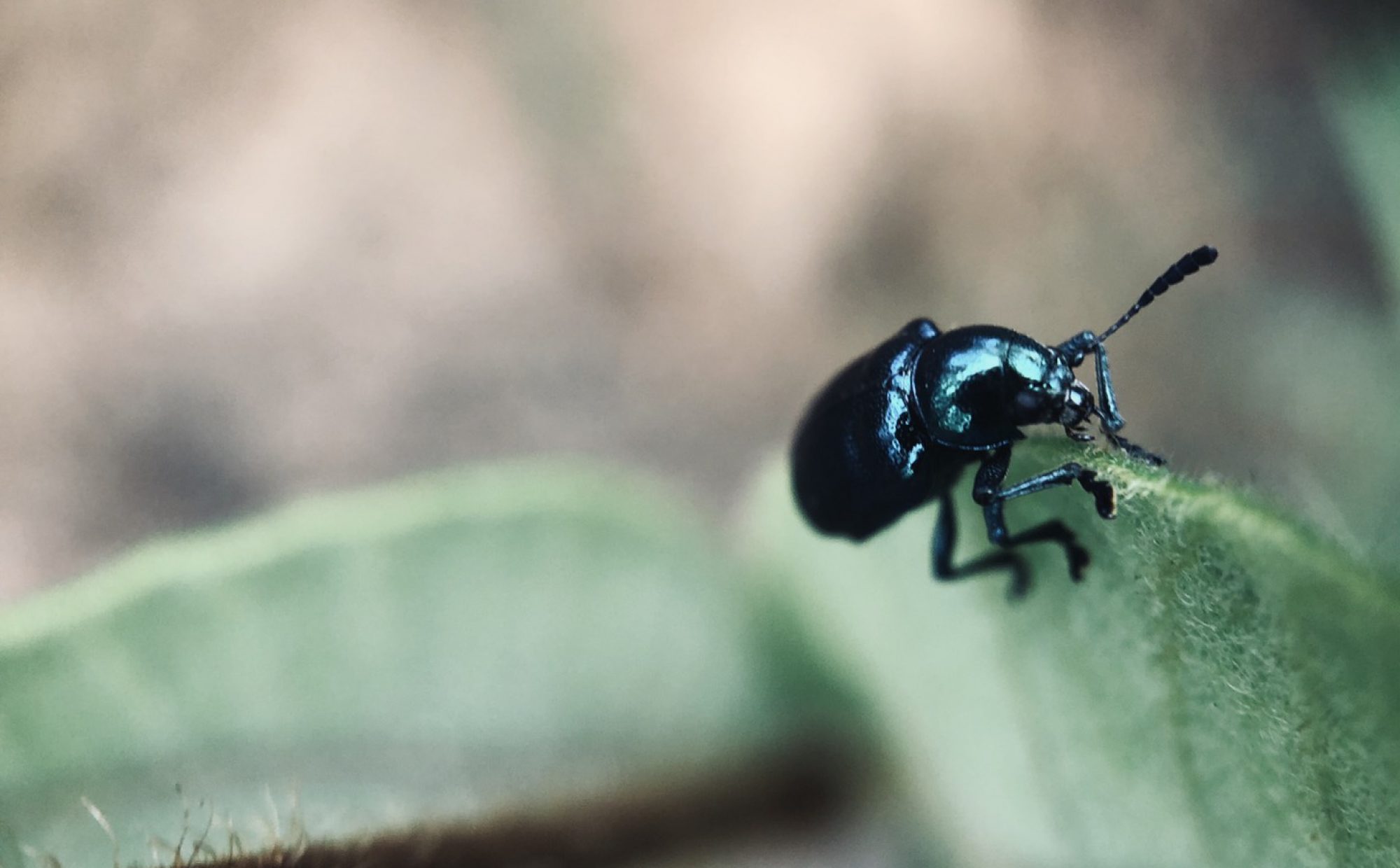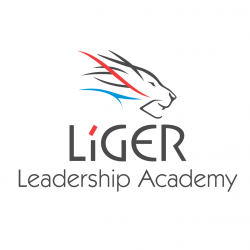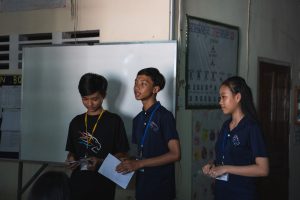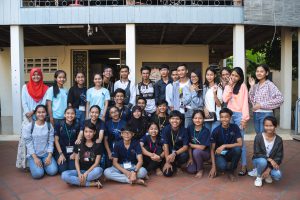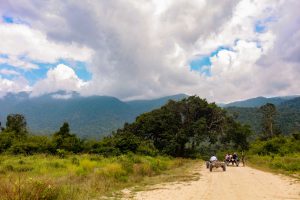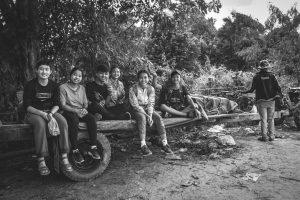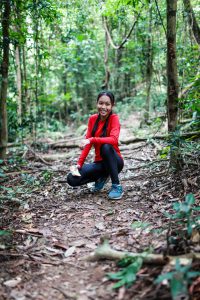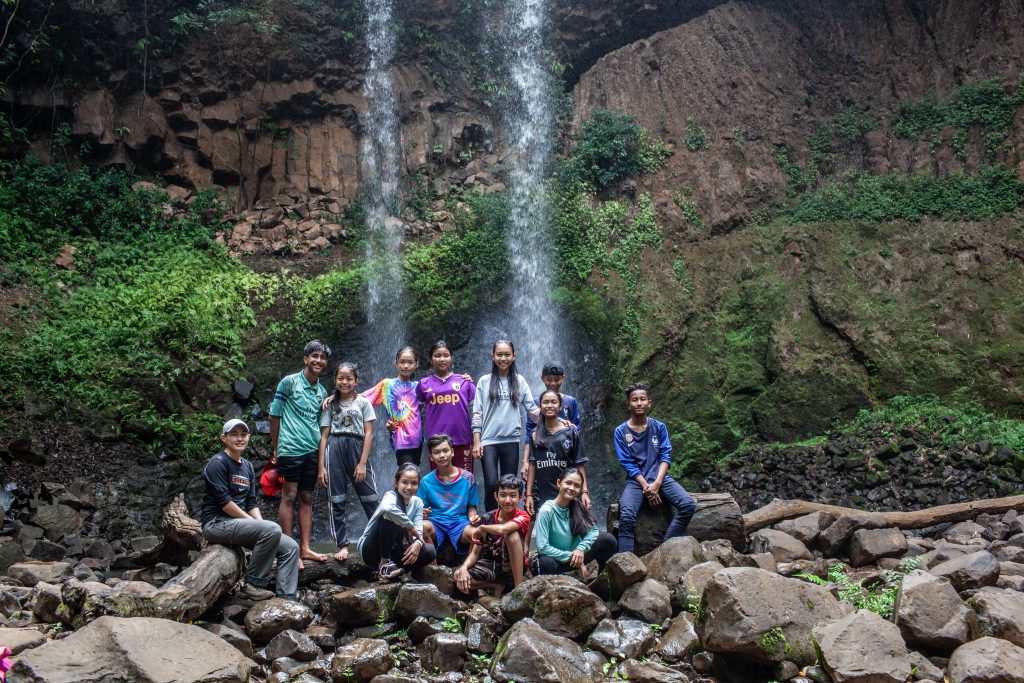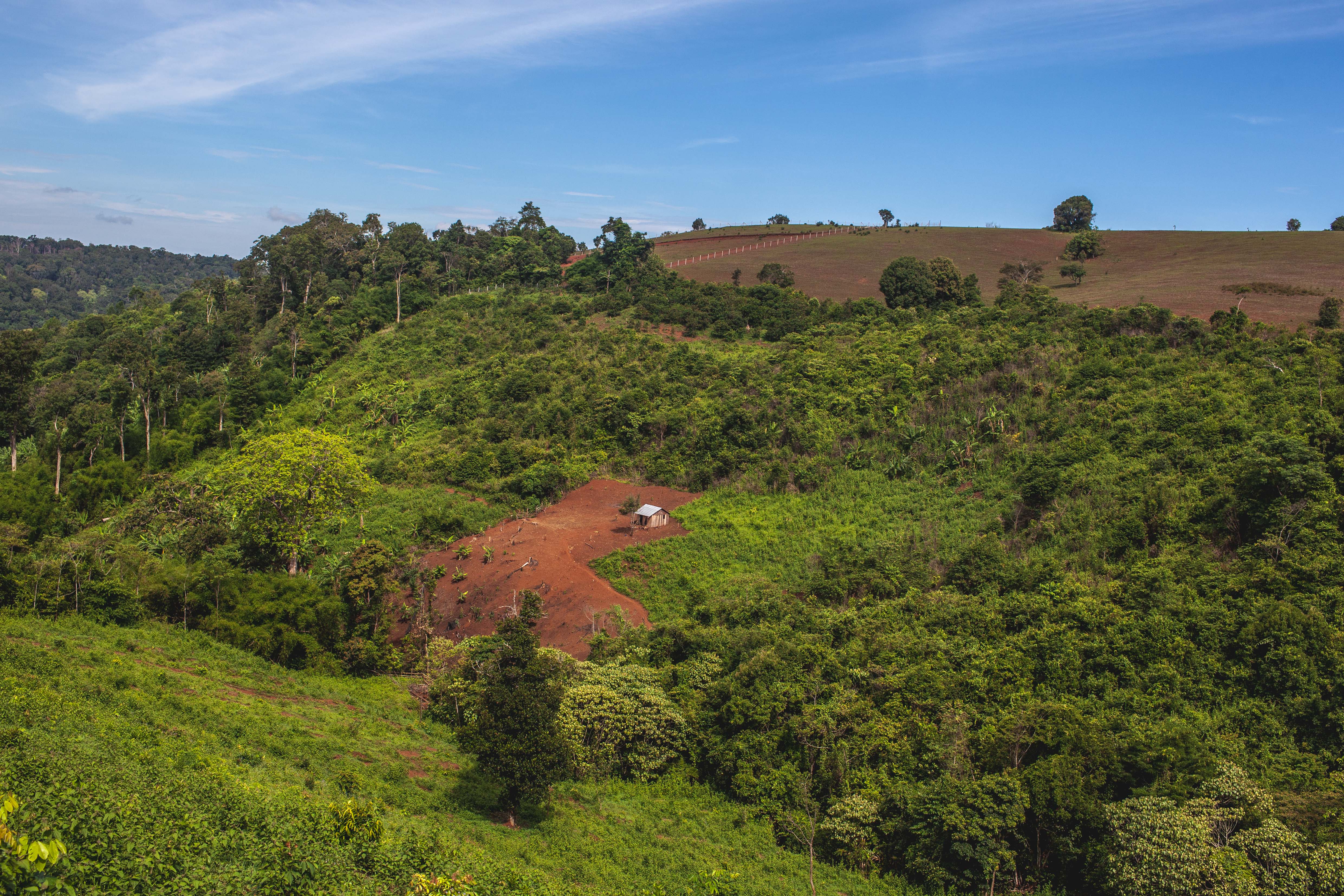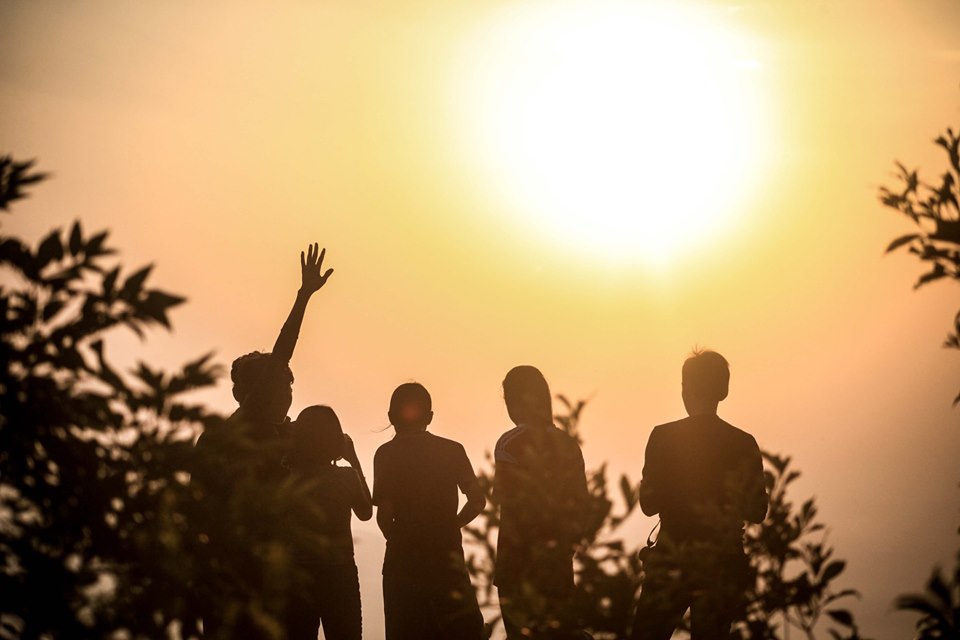Imagine that there are numerous gems that your country has, but no one knows how prepossessing they are. They were hidden in the corner of the country. How would you feel as a citizen of the country?
As a result, this crucial problem had lead us into an idea where we are trying to promote those treasures that Cambodian ancestors offered to us as a next generation. Book is the outcome of this project.
Making an impact on something requires a strenuous effort. However, I believe that small step does matter. Most people wouldn’t believe that it is possible for a 14-year-old girl to change her country. However, Liger Leadership Academy provides a project-based learning program for the students to become a change agent for the country. This year, cohort 2 finally finished a huge project that they have been working on. The project is called “The Geography Book of Cambodia” and guess what? We’ve been working on this project for 2 years and spending our time designing this book fo 3,150 hours which is not that easy.
It has been through innumerable steps to get this book polish. The cohort 2 of Liger Leadership Academy spent 4 rounds of the project-based learning traveling to 24 provinces including 1 city in Cambodia. We interviewed the villagers, visited the geographical places and enjoyed the marvelous view there. The photographs that are in our book are originally taken by our students. There are a few pictures that we took from Google Image, but we credited them in the caption underneath the picture. We conducted the information that after we came back from the trip. Some of the information that we got in our book are from research as well. After we wrote and organized those text (in both languages) into a google docs, the facilitators introduced us into a fancy way to credit the author of the data. It is called “APA citation”. Obviously, we don’t want to take the information from others and do not credit for them. That is called “plagiarism”. After we organized the information, checked the words and credited the authors, we started to the exciting stage which is “designing”.
There are ten designers in our team. We started off with conducting the designs/templates and chose which template will we design in the book. First of all, we would like to say that we were very new to the software. It is called “Adobe InDesign”. Therefore we also had to take time to learn how to get familiar with this software. We had two people from cohort 1 taught us how to insert texts, images, shapes, etc. After we chose the final design, we started to divide the designs to our lovely designers. There are four sections which is 4 regions that we designed in our book. We tried our best to finish this book even though the homework had stopped us from having free time. After a long journey, we finally did it! The only thing that needed to be done was finalizing it.

Adobe InDesign Software That We Used To Design
However, something had happened. As we’re reading through our book, we feel that we should input more of students voices into the book. That’s why our team came up with the add-ons which are Traditional Belief, Did you know?, Student Observation and Watch out. These add-ons are written from our students who have visited those places. We will include those in the part of the book because we want the reader to understand the Liger students’ perspective of visiting those places.
Moreover, everyone agreed that The Geography of Cambodia book had too much-written texts which might lose the reader’s interest. Therefore, the idea of creating more visuals for the text came to our minds. This meant inserting more graphics in the book. We discovered, researched different ways to do this and made a lot of graphic design through Photoshop and other software and websites. “Self-belief and hard work always earn you success” is quoted by unknown. We finally saw how our book turns out and looks like!
After we finished the design, the other main challenge for us was to get the sign from the minister of culture and fine art. We did really hope that they did sign for this amazing Geography Book of Cambodia. Three of the designers went to the Ministry and we presented this book for them. It was a great experience for me to speak formally in front of important people. Actually the minister was in France at that time, so we presented to the deputy director. It was a little bit scary because we need to be careful with our words, but I did it! Finally, we got the sign from the minister and we finally get this book the the very final stage!
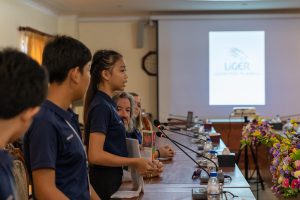
Presented to the Deputy Directors
We were at our final stage in which we went through every single word in both languages (English and Khmer) and check if there are any writing mistakes in the book. There are some mistakes in our book, so we corrected it. After a long journey, I can’t believe that it is now in my hands. Was I dreaming? This book is very beautiful and I am very honored to be a part of making this book.
Comparing our very first design and the final design now, it had been a huge improvement. I couldn’t believe how we did it! We started off with a very boring book that was full of text, but now it is an amazing and creative textbook! I still can’t believe it!

Front & Back Cover of The Geography of Cambodia Book
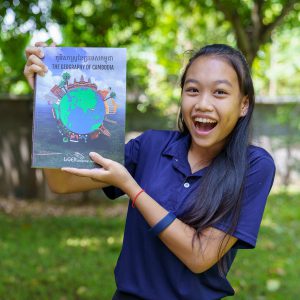
Can’t Believe It’s In My Hand Now!
One of the goals publishing this book is to distribute them to the government school in Cambodia. As you know that the students at Liger Leadership Academy come from different provinces in Cambodia. During the Khmer New Year break, some of our students went to their hometown and distributing the book to the government school that they studied before coming to Liger or the school that is close to their house. We’re planning to put the book in the curriculum and right now we’re in progress of approving from the minister. When I was talking with school principals, they couldn’t believe how young kids making this huge project to change the world. They showed me the appreciation to the book and I’m proud that I accomplished this for my country!
I’m super excited for people to read this book and understand more about the Kingdom of Cambodia. Accomplishing this project might be the proudest moment in my life. I am so excited about what I can do more to give impacts to my country.
